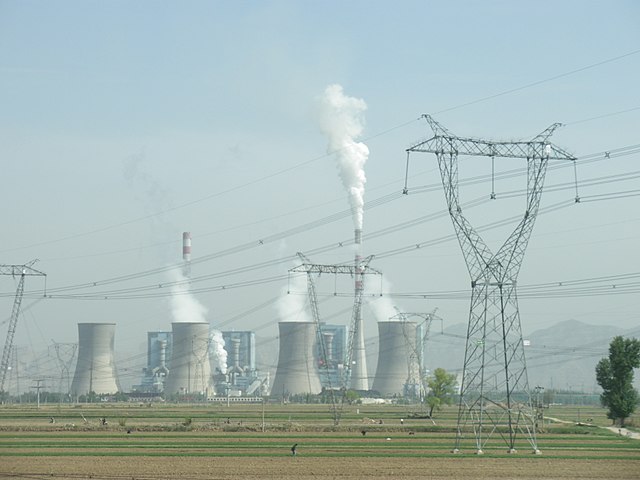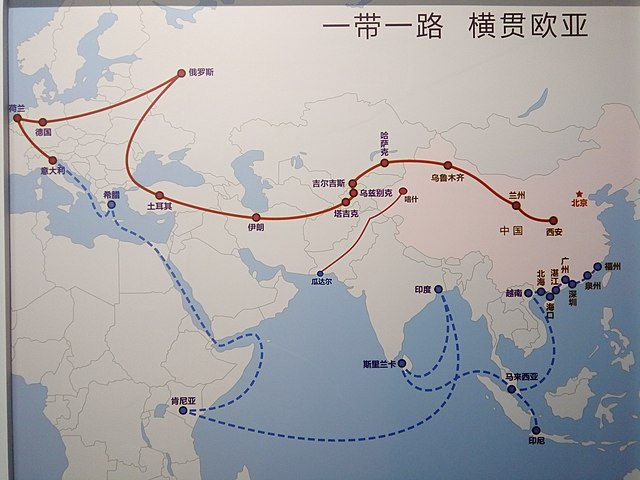 At the United Nations General Assembly in September, China announced that it would no longer build new coal-fired power plants overseas.
At the United Nations General Assembly in September, China announced that it would no longer build new coal-fired power plants overseas.
Under this pledge, China will instead export renewable green energy technologies to developing, low-income countries.
This action comes even as China is struggling with soaring coal prices, electricity blackouts, and impacts on manufacturing industries back home.
Let's look at China's coal strategy, both within the country and abroad.
Coal Abroad
China has been building infrastructure in other countries on a large scale since it launched the Belt and Road Initiative, or BRI, in 2013.
This program pours investment into foreign projects to build physical and digital infrastructure. The BRI is a modern version of the Silk Road, as the infrastructure that is built – such as trains, roads, and ports – connects hundreds of nations throughout Asia, the Middle East, Africa, and Europe.
The BRI also finances energy infrastructure, especially coal power plants. Constructing coal plants in overseas markets is lucrative for Chinese energy businesses. In fact, in 2015, 46% of China’s energy investments went to projects in Bangladesh, Vietnam, Mongolia, Indonesia, Pakistan, and some African and European nations.
Meanwhile, Back Home...
Nearly 60% of China's local energy needs come from coal -- from heating to electricity, and steel manufacture. The country is in the midst of a major energy crisis as a result of several reasons.

China had taken steps earlier this year to reduce its greenhouse emissions and several coal plants had reduced their production or closed down. As the world starts to open up after the pandemic, there is a sudden increased demand for goods made and exported by China.
Meanwhile, an extremely hot summer season this year in the country had placed a high demand for electricity. Now, heavy rains and flooding have closed down nearly 60 coal plants in the country.
All this is driving up the price of coal, forcing power companies to charge more for electricity. However, since the price of power is controlled by China's central government, these power companies are having to resort to cutting electricity, leaving many residents in the dark.
The impact of China's power shortage is rippling across the world. Chinese companies supply parts for everything from iPhones to cars, besides manufacturing toys, electronics, clothes, and more.
China has asked companies in the inner Mongolia region to increase coal production by 30% to address the shortage. This is a challenge as the world gears up for the COP26 climate summit where reducing greenhouse emissions will be top on the agenda.
Sources: BBC, CFR, NY Times, CNN, Reuters







